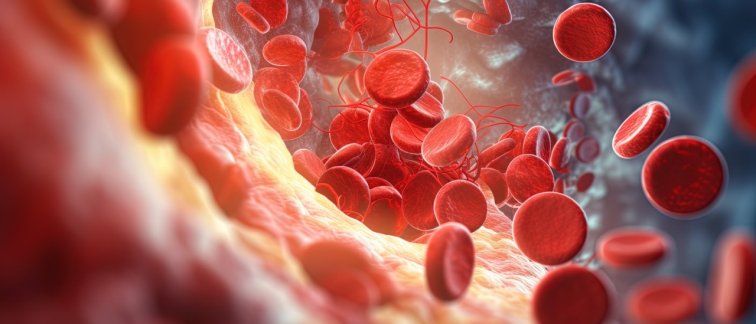Patients with acute ischemic stroke require immediate medical attention. Current international guidelines recommend that eligible patients should receive a combination of intravenous thrombolysis, a medication that can dissolve the clot causing the stroke but also carries a risk of intracranial bleeding, together with endovascular treatment, a procedure that mechanically removes the clot. However, the additional value of intravenous thrombolysis in patients directly admitted to endovascular treatment-capable centres has been a subject of debate.
Meta-analysis of six randomized trials
The Improving Reperfusion Strategies in Acute Ischemic Stroke (IRIS) collaboration performed a meta-analysis of six randomised trials executed between 2017 and 2022. These trials involved more than two thousand patients admitted directly to endovascular treatment-capable centers.
Little difference in outcomes
Among the 2,313 patients analyzed, the meta-analysis found minimal differences in clinical outcomes between those who received endovascular treatment alone and those who received a combination of intravenous thrombolysis and endovascular treatment. Neither approach showed significant advantages over the other.

Individual variations
However, due to the statistical uncertainty surrounding the potential effect of the combined treatment, the study results could not exclude the possibility that omitting intravenous thrombolysis could lead to worse outcomes. The researchers believe that individual patient differences may affect the efficacy of thrombolysis, suggesting that some patients may benefit, while others may not or even do worse. For example, patients presenting shortly after the onset of their symptoms may benefit more from thrombolysis before endovascular treatment, whereas those presenting later may not benefit or even be harmed. Further investigation is planned through dedicated sub-studies to explore these possibilities.
Looking ahead
The findings of this study offer valuable insights into the optimisation of acute ischemic stroke treatment. Future treatment guidelines should incorporate more personalized decisions regarding intravenous thrombolysis before endovascular treatment.

